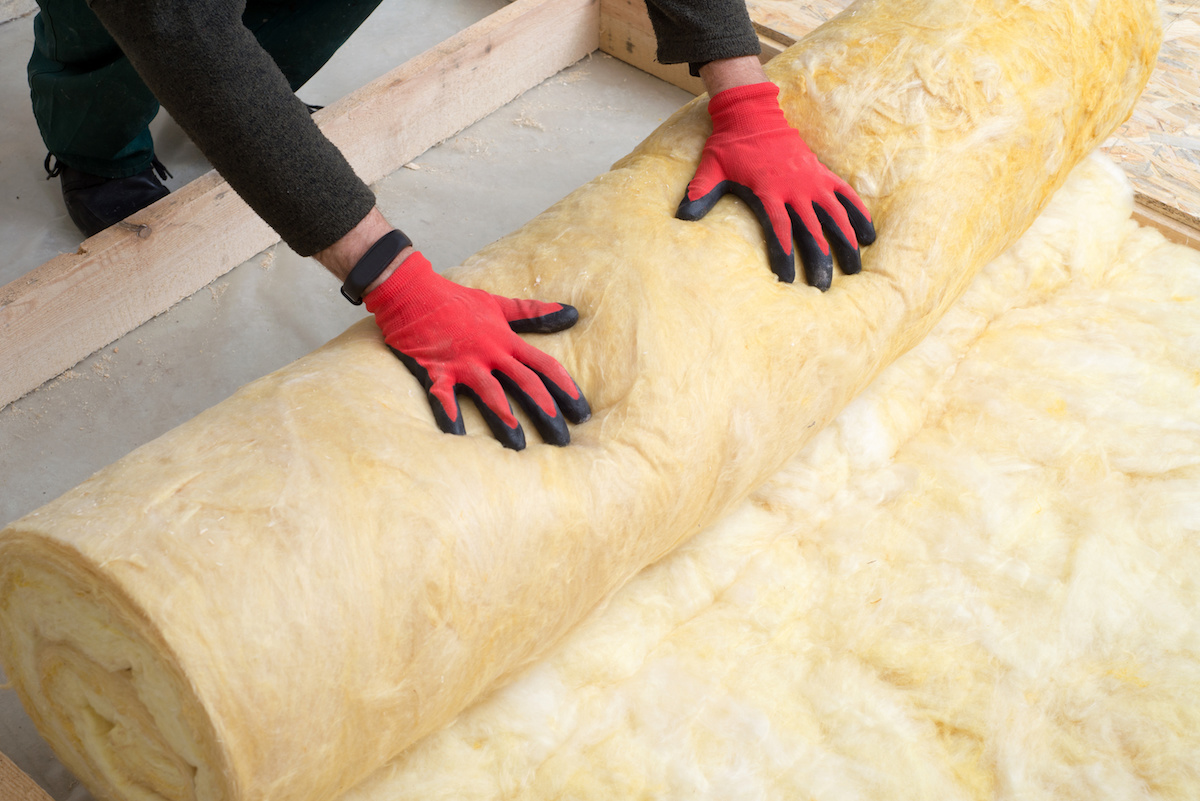Now’s The Time to Upgrade
Energy efficient improvements to your home and property can decrease your utility bills and improve your family’s comfort indoors. However, lower utility bills aren’t the only financial benefits to upgrading your home’s energy efficiency. The current coronavirus pandemic has left many Americans working from home this fall. Now that the summer weather is fading, homeowners may be looking to improve their home’s insulation or energy efficiency in preparation of higher utility costs this winter. In fact, so many homeowners are completing home improvement projects since the pandemic began in earnest in March that lumber prices have skyrocketed due to the combination of increased demand and decreased supply. However, building a new deck isn’t the only home improvement project you can complete. An insulation audit and increasing the energy efficiency of your home will save you money in utility bills and tax liabilities.
What Improvements Qualify for the Residential Energy Property Credit for Homeowners?
Originally discontinued in 2017, the IRS has renewed the Residential Energy Property Credit for improvements made through December 31, 2020. Not all energy efficiency improvements qualify for energy tax credits, so it’s important to understand The United States tax code when it comes to calculating energy credits that your property improvements are eligible for.
Insulation Costs
One of the energy efficiency improvements that qualifies for energy tax credits is an insulation replacement or installation. Replacing your property’s insulation can lower your energy costs as well as save you money when you take advantage of residential energy tax credits. Qualified energy efficiency upgrades such as insulation installation can reduce your tax liability for the 2020 tax year in the United States. According to the IRS website, you can claim the Residential Energy Efficiency Property Credit for up to 10% of the costs (up to $500). In order to qualify for the tax credit, the energy-saving improvement (in this case, insulation installation) must have been made on a home in the United States. In some cases, the credit can be claimed for newly constructed homes. In other cases, the home must be your main home and not a rental or a second home. However, exceptions apply. The best way to figure out if your insulation costs are covered by the Residential Energy Efficiency Property Credit is to consult with your accountant or tax professional.
Windows, Doors, and Skylights
If you replace windows, doors, or skylights with newly installed hardware that meets Energy Star standards, you may be eligible for a tax credit. You don’t have to replace every single window and door to qualify for the credit. You can also claim the tax credit if you install a window or door in a place where there wasn’t one before. The tax credit can cover up to 10 percent of the cost of new windows and skylights (up to $200) and doors (up to $500).
Roofs and Roofing Products
Another way to claim a federal energy tax credit on this year’s tax return is to claim the eligible costs of a new roof installation. Installing a new roof can do a lot for your home’s energy efficiency. If you take advantage of the nonbusiness energy property credit, you can get a portion of the costs of your new roof covered in the form of a tax credit. Keep in mind that most of the nonbusiness energy property credits do not cover installation costs and instead only apply to the cost of hardware or other materials.
Other Ways to Take Advantage of the Residential Energy Efficient Property Credit
The Residential Energy Efficiency Property credit is available for both existing homes and homes newly constructed. If you make energy saving improvements to a home that you use as a residence, you can get a credit for a portion of the installation costs, including labor costs that are “properly allocable to the onsite preparation, assembly, or original installation” and “for piping or wiring to interconnect such property to the home.”
In addition to insulation installation, you can claim the residential energy efficient property credit by making other improvements to your home such as installing an energy-efficient heating and air conditioning system, a water heater (powered by natural gas, propane, or oil), or biomass stoves.
Get an Insulation Audit
Here at Northwest Weatherization, we specialize in making your home the most efficient it can be. Not only will you save money when it comes to your utility bills, but you can increase your property value and feel good about saving energy and the environment. Since 2010, the professionals at Northwest Weatherization have performed over 5000 insulation projects. Did you know that up to over 80% of homes built in Oregon before 1995 are under-insulated? Fix your home energy issues with an insulation audit and professional insulation installation by the professionals at Northwest Weatherization. Call today!

